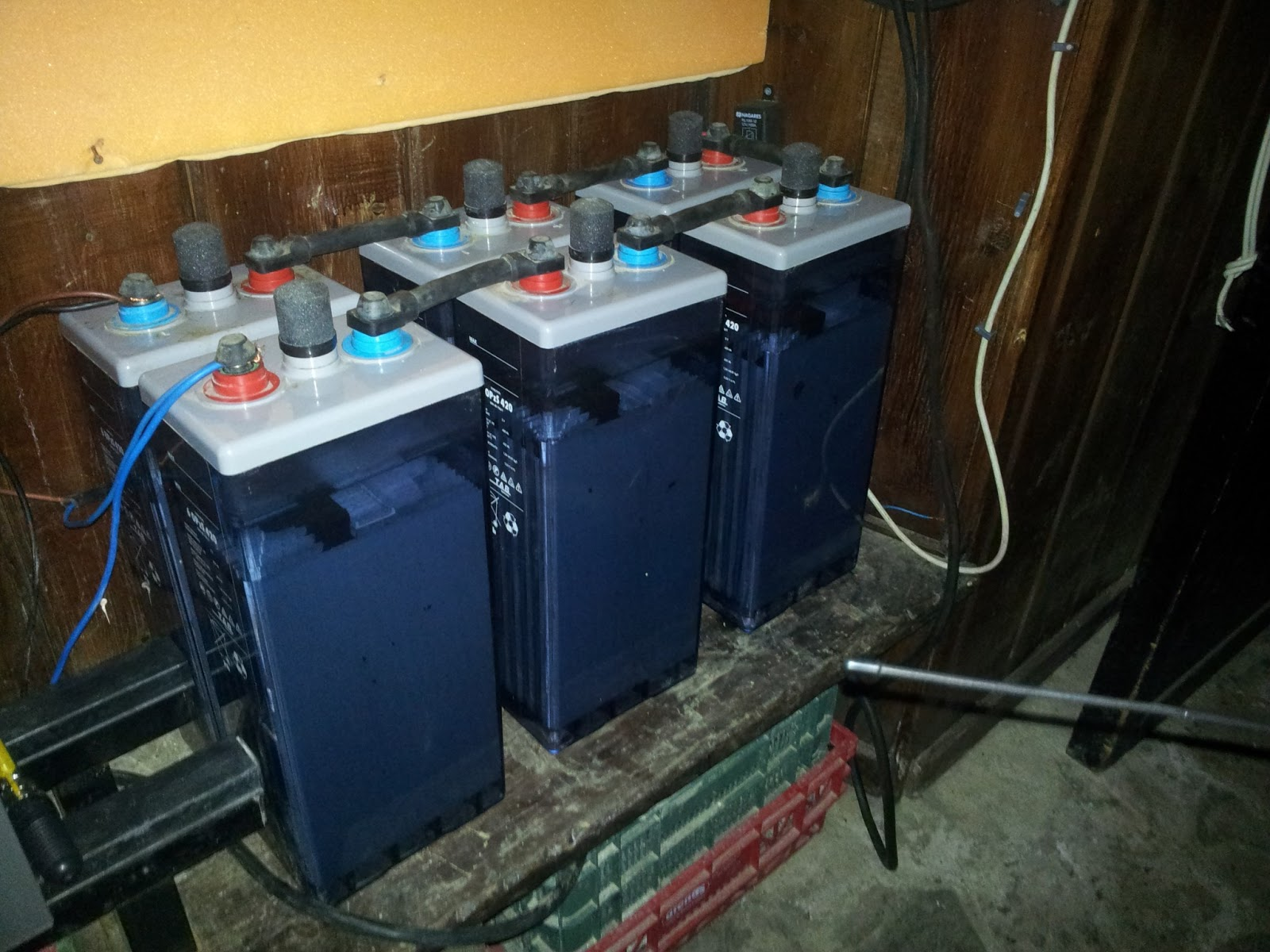» The University of Granada’s physics laboratory, built on the cusp of the ‘Pico del Veleta’ mountain top, was designed by architect Miguel Olmedo, who tried not to alter its unique appearance. This was achieved by cutting into the north-eastern ridge where the lab has been built, with tall windows reaching down into the gully.
The lab is the product of a University of Granada project that was officially approved by the Ministry of Education in 1956. At the time, the construction budget ranged from some £3600 to £4800—between £78000 and £104000 at today’s prices—whilst equipment installation costs were six times that as much.
The lab was built in just three months in the summer of 1961. It has a metal frame clad with pine beams, covered with a 5 cm-thick layer of cork, and finally an outer lining of 1 cm-thick aluminium sheeting. There are 3 rooms, with an overall area of around 50 m2.
The lab, as part of the Faculty of Sciences, was opened on 26 October 1961 by Professor Justo Mañas and University Chancellor Emilio Muñoz Fernandez. The lab will house research on the ionosphere, astrophysics, spectroscopy and cosmic rays.«
An extract from: Sierra Nevada (Guía de Montaña) by Pablo Bueno Porcel, 2nd Edition, Universidad de Granada 1997, published with permission from the author. Antolino Gallego Molina.
There follows an extract from the archives of the ABC Madrid newspaper of 16/11/1961, page 15, which tells how the Laboratory came into being.



Solar panel that powers the repeater

Antennas on the roof of the Laboratory

Another view of the antennas

Repeater batteries, charged by a solar panel installed upright so that it cannot be blocked by snow.

R1 repeater transponder, located at the highest point on mainland Spain.
Once the snows have melted, we are going to organize a visit for the Granasat team to see where we will install the radio equipment.
Prof. Andrés Roldán Aranda
Dept. Electronics

